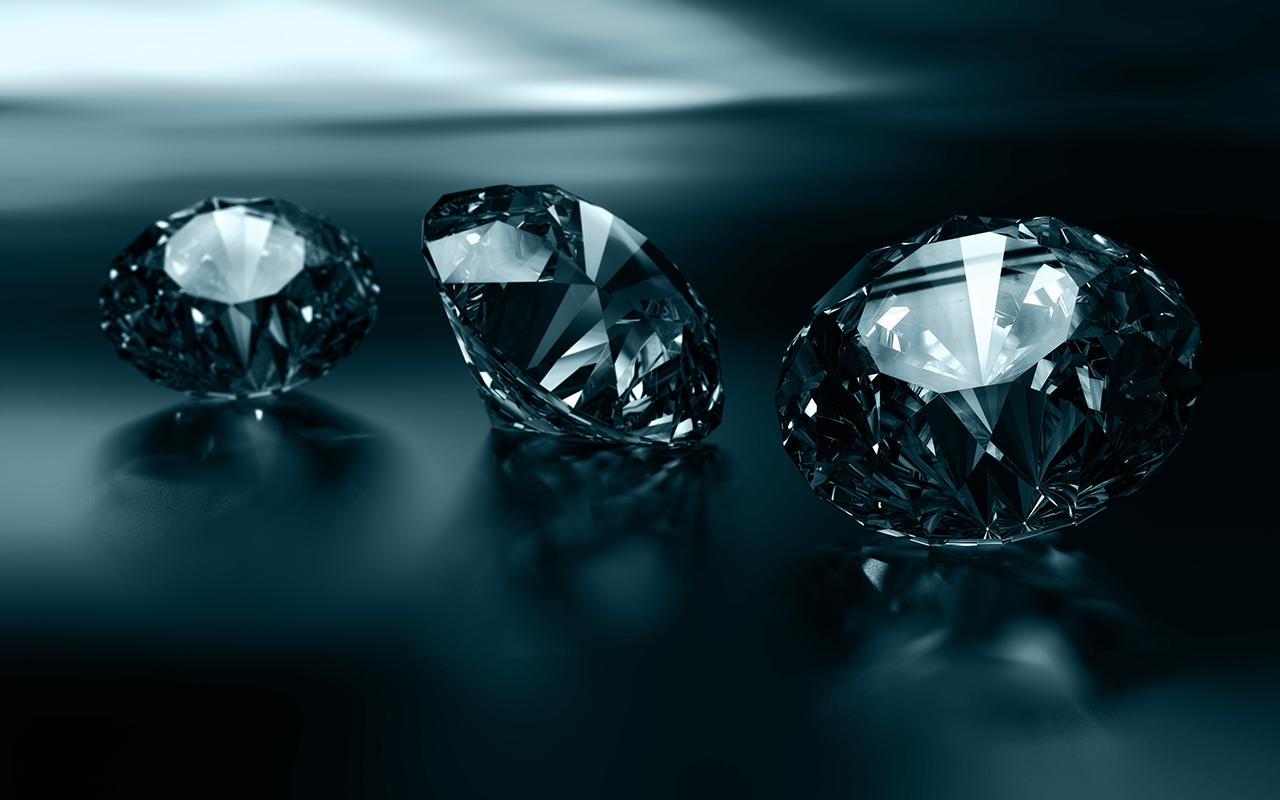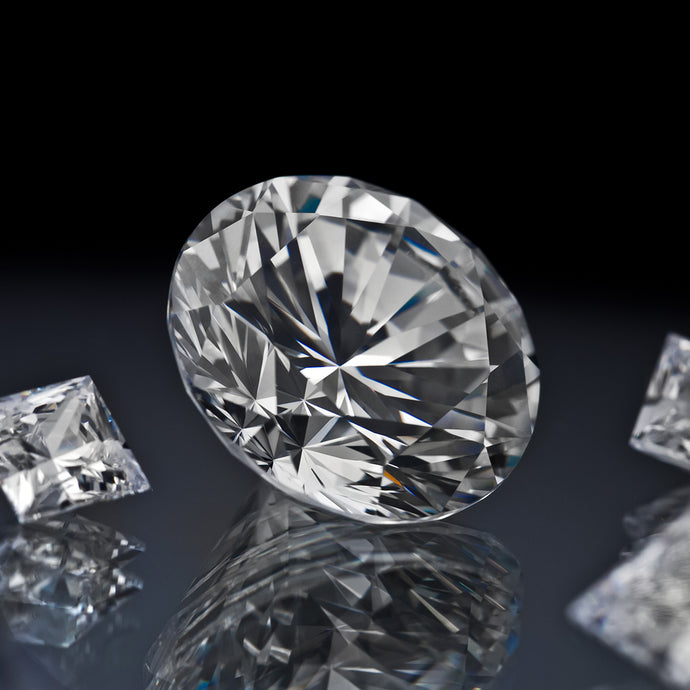Lab Grown Diamonds: Understanding the 4Cs and Their Unique Appeal

Lab grown diamonds have taken the jewelry industry by storm, offering a modern and sustainable alternative to mined diamonds. These gems are chemically identical to their natural counterparts, yet they are created in controlled laboratory environments using advanced technology. One of the most important aspects of evaluating lab grown diamonds is understanding the 4Cs—Cut, Color, Clarity, and Carat Weight. Let’s delve into these factors and explore what makes lab diamonds a compelling choice for today’s consumers.
The Significance of the 4Cs in Lab Grown Diamonds
When it comes to assessing the quality and value of any diamond, whether mined or lab grown diamonds 4Cs, the 4Cs serve as the universal benchmark. These criteria help buyers make informed decisions while ensuring transparency in the diamond trade. Here’s how each of the 4Cs applies specifically to lab grown diamonds.
Cut: The Art of Precision
The cut of a diamond is often considered the most crucial factor because it directly impacts its brilliance and sparkle. In lab grown diamonds, the cutting process is executed with meticulous precision to maximize light reflection. A well-cut diamond will exhibit exceptional fire and scintillation, making it visually stunning. Unlike natural diamonds, which may have inherent imperfections due to their formation, lab diamonds can achieve superior cuts since they start with fewer impurities. This allows jewelers to craft diamonds that truly shine.
Color: Exploring the Spectrum
Diamonds naturally occur in a range of colors, from colorless to shades of yellow and brown. For lab grown diamonds, color grading follows the same scale used for mined diamonds, ranging from D (completely colorless) to Z (light yellow or brown). The controlled environment in which lab diamonds are grown allows manufacturers to produce stones with minimal color variations. This means that consumers can often find high-quality, near-colorless lab diamonds at more affordable prices compared to their natural counterparts.
Clarity: The Pursuit of Perfection
Clarity refers to the presence of internal or external flaws, known as inclusions and blemishes. In natural diamonds, these imperfections are a result of the extreme conditions under which they form deep within the Earth. Lab grown diamonds, on the other hand, are cultivated in pristine laboratory settings, reducing the likelihood of significant inclusions. As a result, many lab diamonds achieve higher clarity grades, offering a flawless appearance that appeals to discerning buyers.
Carat Weight: Balancing Size and Budget
Carat weight measures the size of a diamond, with one carat equaling 200 milligrams. While larger diamonds are often more desirable, they also come with a higher price tag. Lab grown diamonds provide an excellent opportunity for buyers to acquire larger stones without breaking the bank. Due to their cost-effective production process, lab diamonds typically cost significantly less than mined diamonds of the same carat weight, allowing consumers to prioritize size without compromising on quality.
Why Choose Lab Grown Diamonds?
Lab grown diamonds are not just about affordability; they represent a sustainable and ethical choice for modern consumers. Traditional diamond mining has long been associated with environmental degradation and unethical labor practices. In contrast, lab diamonds are created using renewable energy sources and do not involve the displacement of communities or destruction of ecosystems. This makes them an appealing option for those who value both beauty and responsibility.
A Sustainable Alternative
The environmental benefits of lab grown diamonds cannot be overstated. Mining operations require vast amounts of energy and water, while also contributing to deforestation and habitat loss. By opting for lab diamonds, consumers can reduce their carbon footprint and support eco-friendly practices. Additionally, the controlled production process ensures consistent quality, eliminating the need for harmful extraction methods.
Ethical Considerations
Ethical concerns surrounding mined diamonds, such as the issue of “conflict diamonds,” have plagued the industry for decades. Lab grown diamonds offer a clear conscience, as they are free from associations with human rights abuses. Buyers can enjoy their jewelry knowing that no harm was done in the creation of their diamond.
Affordability Without Compromise
One of the most attractive features of lab grown diamonds is their affordability. Since they bypass the lengthy and costly mining process, lab diamonds are often priced 30-50% lower than mined diamonds. This allows consumers to invest in higher-quality stones or more elaborate designs without exceeding their budget. Whether you’re purchasing an engagement ring or a special gift, lab diamonds provide exceptional value for money.
Conclusion
Lab grown diamonds are revolutionizing the way we think about fine jewelry. By adhering to the same rigorous standards as mined diamonds, they prove that beauty and quality need not come at the expense of ethics or sustainability. Understanding the 4Cs—Cut, Color, Clarity, and Carat Weight—empowers consumers to make informed choices when selecting a lab diamond. With their dazzling appearance, ethical sourcing, and budget-friendly pricing, lab grown diamonds are undoubtedly a brilliant choice for the conscious consumer.

 Sell Engagement Ring in Sydney: A Complete Guide to Getting the Best Price
Sell Engagement Ring in Sydney: A Complete Guide to Getting the Best Price  About Novita Lab Diamonds: The Future of Sustainable Jewelry
About Novita Lab Diamonds: The Future of Sustainable Jewelry  The Rise of Custom Engagement Rings: A Personal Touch for Life’s Big Moment
The Rise of Custom Engagement Rings: A Personal Touch for Life’s Big Moment  Planning a Proposal: A Guide to Crafting the Perfect Moment
Planning a Proposal: A Guide to Crafting the Perfect Moment  Should Buy Lab-Made Diamonds: The Benefits and Considerations
Should Buy Lab-Made Diamonds: The Benefits and Considerations  The Brilliant Future of Lab Grown Diamonds: Redefining Luxury
The Brilliant Future of Lab Grown Diamonds: Redefining Luxury  Best Essential Oils for Skincare and How to Use Them
Best Essential Oils for Skincare and How to Use Them  The Modern Guide to Wedding Bands for Men and the Rise of Lab Diamonds
The Modern Guide to Wedding Bands for Men and the Rise of Lab Diamonds